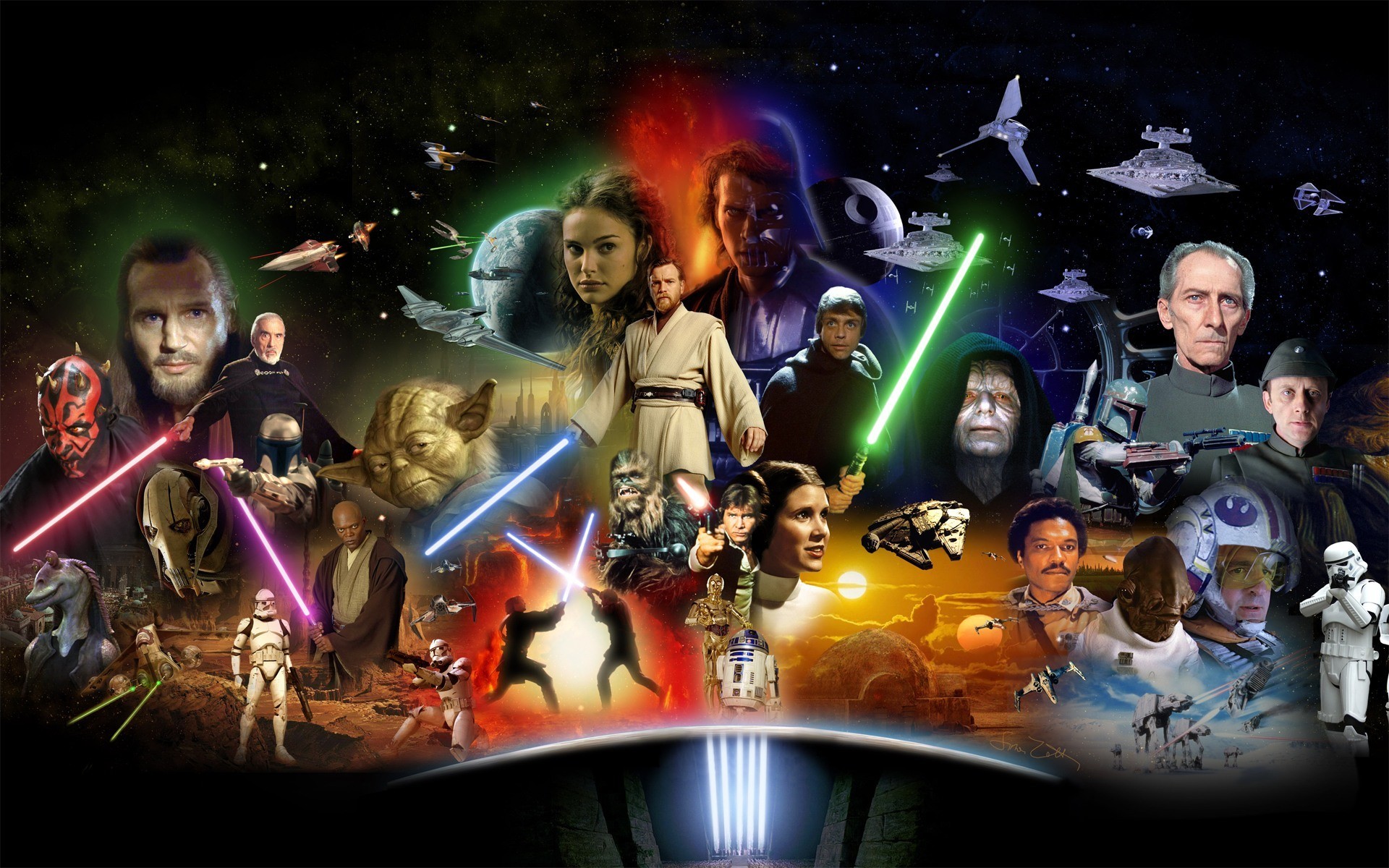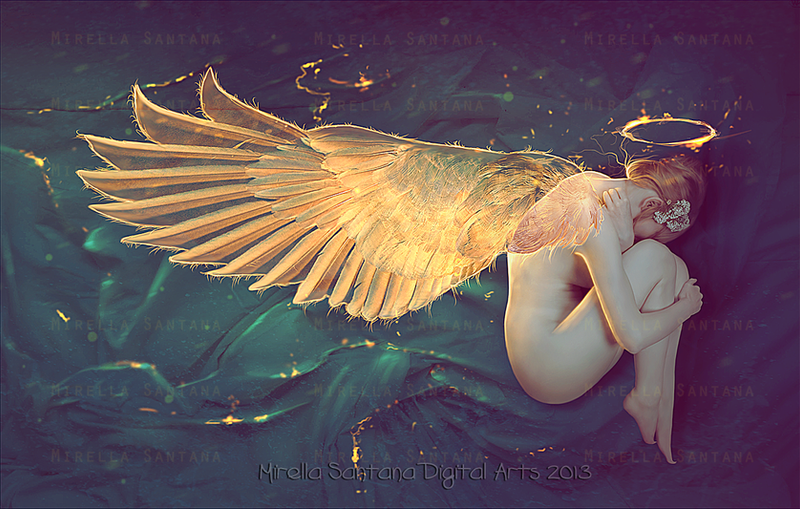I was thinking this morning about different art forms and how they communicate ideas. It seems that there are different levels (for lack of a better term) in art production. There are the "higher levels", which would include things like painting, sculpture, classical music, and the like. These are the things that are installed in high-end art installations - either in museums or in private collections - or presented in grand exhibition halls and auditoriums. And they're almost like trophies... Things to be appreciated and which have intrinsic worth in and of themselves. They are valuable because they are understood to be either rare, precious, or of other significance.











But, then I got to thinking about things that were not considered "high level art". In this category, I would include things that appeal to the masses - things like movies, most computer-generated images, musicals, album covers, etc. My first thought is - is this categorization really fair? Certainly there is a degree of snobbery that is inherent in such a thing. But the "high level art" implies a certain kind of sophistication, experience, and/or education that enables the participant to enjoy things on a higher level, the way a botanist enjoys a beautiful flower garden more than the layman.
One could also argue, however, that the effect of art is communication. That a media that effectively communicates the desires of the artist - whatever they may be - is powerful. And that therefore the media/artist combination that reaches and communicates with the greatest number of people is the most effective, powerful, and valid.

When you look at something like the collage above, where there is a combination of visual elements, both generated by a computer as well as "real" images of people, and obviously arranged by a computer, is there something going on, something that is powerful and still accessible? Is there something that speaks to the collective experience we have with these films (good or bad)? What is the artist trying to portray? The complexity and dimensions of this image (I would humbly submit) may be just as evocative as the first image.

Artists are trying to do two things - tell a story and invoke a feeling. They work in the media that is available and accessible to them. And they are successful in when that story and feeling are carried from the mind of the artist to the viewer.

This is someplace I've been. It's the London Southbank Skatepark, generally located in the vicinity of the Globe Theater. I think Shakespeare would approve. His work, while powerful and inspirational, could also be crude and bawdy, appealing to a varied spectrum of folks. When I see things like this, I appreciate the craft of the artists, the time and care taken to produce this kind of presentation, and the visual impact of the thing. It's busy and loud and overwhelming. It's also quite beautiful.
Consider this one:

This is a computer generated image, or at least a computer-manipulated image. It's beautiful in composition, powerful in presentation, and has a simple, glorious dignity that I find compelling. Again, it shows a mastery of the media, a care and craftsmanship that is clear and intentional, and it tells a story/evokes a feeling that is real and powerful. It's also just simply delightful and beautiful.
I'd like to end with this one:

Homer is almost instantly recognizable. His impact is global, and the Simpsons have represented (for better or worse) much of American culture around the world. So, is this art? Is it successful and effective? Is it beautiful? Are cartoons an art form?
Much of what we now accept as "high level art" wasn't necessarily always considered as such. At some point all of it was new and revolutionary. What I wonder about is the accessibility of the thing - if something is only enjoyed by a select few, can it be said to be successful? Isn't the true art the ability to reach people? To communicate? If so, which is the best art?
Comments